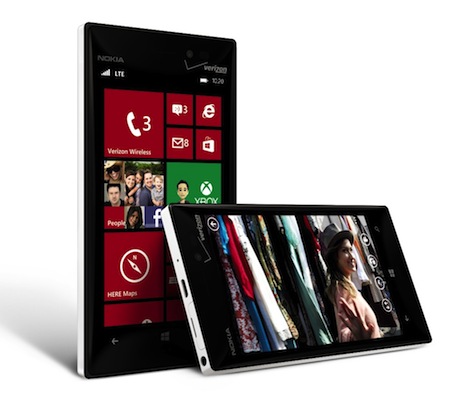Nokia Lumia 928 and 925 make it clear Microsoft is holding back Nokia innovation


Regular readers know I have been a die-hard Windows Phone fan since the beginning, after testing out an early prototype starting in July 2010.
The newly announced Nokia Lumia 928 and 925 devices look solid, but they also makes it clear that Nokia is being held back with incremental hardware updates while pushing as hard as they can with their own software.
It reminds me of the way HTC used to push Windows Mobile back in the day and we see how that ended up.
The new Lumia 928 and 925 devices offer some incremental improvements over the 920 released last year with a Xenon flash in the 928 and additional lens piece in the 925 with OLED displays now being used on both.
The internal hardware (processor, RAM, OIS camera) is virtually the same, wireless charging is lost on the 925, the 925 gets a paltry 16GB internal memory limit on most carriers, and the same missing applications remain in the Windows Phone market. The 928 is the better device than the 925 in most ways, including internal storage capacity, Xenon flash, and Qi wireless charging integration, while the 925 does appear to have a sexier hardware build.
Nokia used to push the limits of the smartphone world with innovative devices running Symbian and we are just not seeing them able to push too far with Windows Phone. The limitations I am talking about include functions left behind from Windows Phone 7 moving to Windows Phone 8, FM radio, ability to rent/buy movies in the Marketplace, utilities such as flip to silent, and more. Some of these are coming back eventually thanks to Nokia's hard work.
We also see things missing in Windows Phone 8 that we saw from Nokia in Symbian, including FM transmitter (so nice to stream podcasts to in-car stereo), phone profiles, truly great multi-tasking, and home screen folders. Nokia has innovated in software with some great camera features and outstanding services like Nokia Music+ and HERE Maps.
It is likely we will see them get a true PureView camera, like the 808, out later in 2013, but launching this in early 2013 would have generated excitement that the WP platform needs.
As I use accessories to improve my life I find that Windows Phone forces me to compromise where Android and iOS don't. For example, my Pebble watch lets me see who is calling or messaging me while my phone is in my pocket or my gear bag so I can make informed decisions about my next action or inaction. My Jawbone UP connects to my Android and iOS devices to help motivate me to improve my health and well-being. As we get more connected with accessories and networks, Windows Phone remains primarily connected to itself.
I do like the Windows Phone UI for the most part, but I do not like the limited notifications, limited multi-tasking functionality, less-functional apps than other platforms (Facebook on Windows Phone is terrible), and lack of apps that I don't even care to mention anymore since we don't see much movement in getting them to Windows Phone (Instagram, Starbucks, MLB At Bat, RunKeeper).
Nokia is pushing Windows Phone, just like HTC pushed Windows Mobile, and I hope we see them succeed in making progress.
Last year, all five lines on my T-Mobile family plan were using Windows Phone. Right now, I have two iPhones and three Android devices on these five lines and the users are much happier with the overall experiences.
I used to think Windows Phone was the right choice for Nokia, but now that I use amazing devices like the HTC One and Galaxy Note II, I have to wonder what Nokia could have done with their hardware and software development on a platform like Android. They may have been just another Android manufacturer, but look what Samsung was able to do. Nokia could have been the Samsung of the Android world, or at least given Samsung a run for its money.